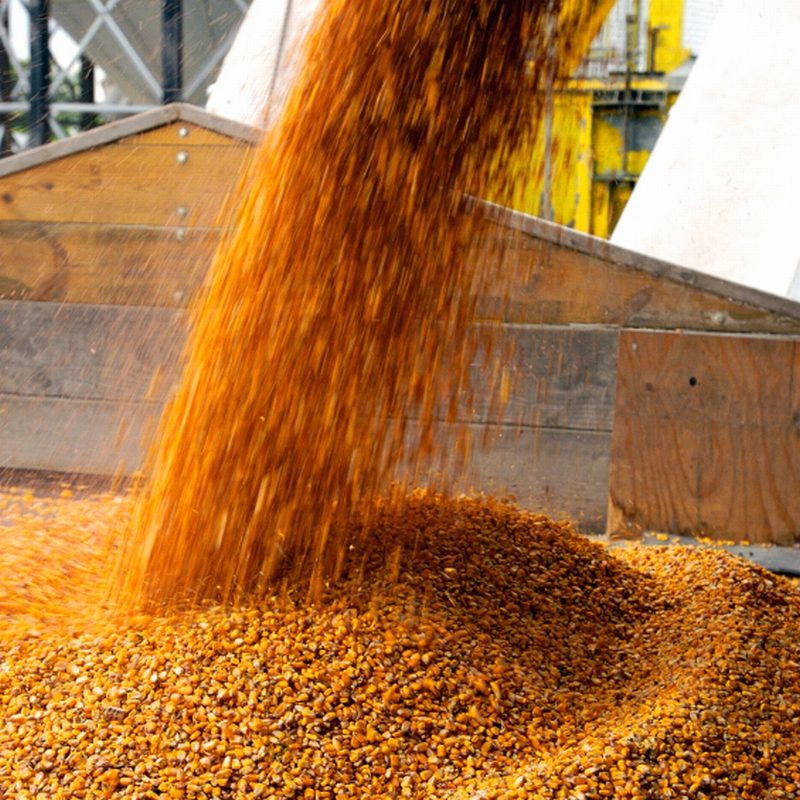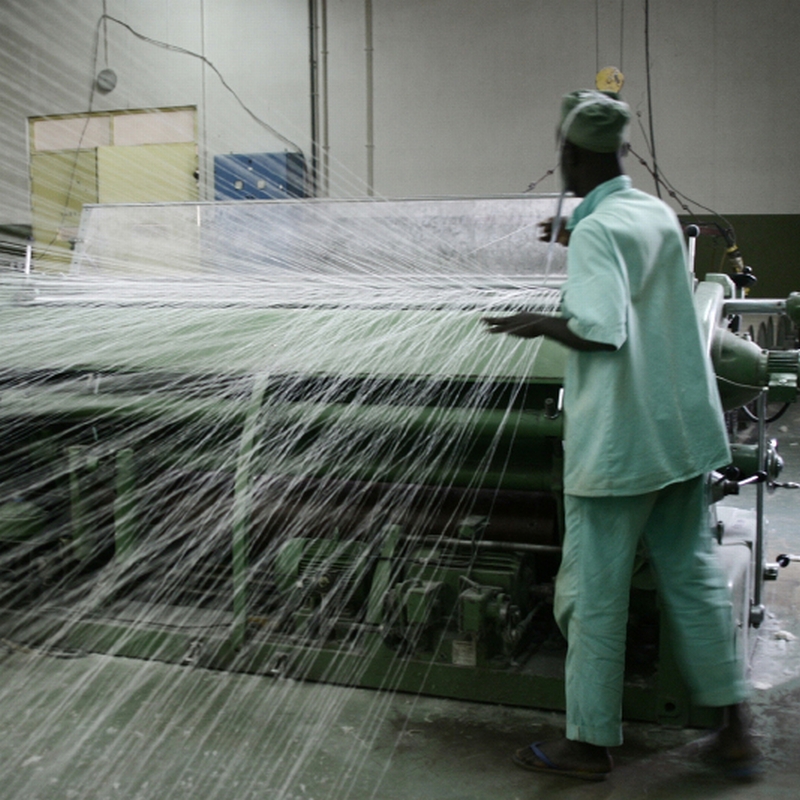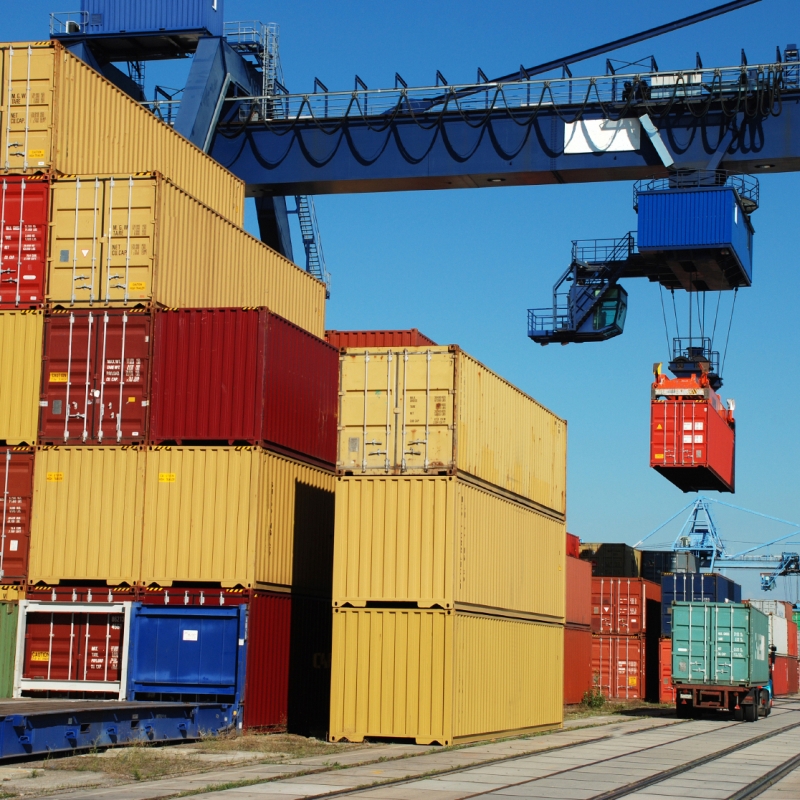Pillar 1: Enhancing agricultural productivity
The Comprehensive African Agricultural Development Programme (CAADP) has established very ambitious targets for Africa’s annual agricultural growth. The sources of this growth are analysed in terms of increasing factor use and productivity, as well as the key drivers of dynamic agricultural growth in Africa. An empirical analysis of supply-side and demand-side issues related to the agricultural sector in terms of structural transformation, agro-industrial commodity linkages, and important policy interactions is provided. The role of the agricultural inputs that are required by agro-industry for achieving higher productivity, competitiveness, growth, and consumer quality are discussed. The efficiency gains of focusing more on regional markets in Africa, of considering the impact of the choice of techniques, of innovative business models, and of new agro-industrial policies are also addressed.
Pillar 2: Upgrading value chains
This pillar addresses market development for commodities and processed goods via value chains, and potential ways of strengthening the competitiveness of firms and farms within those value chains based on inter alia ten case studies. The conceptual basis for linking African producers to local, regional and global value chains is presented, and options for product, process and functional upgrading are considered with the aim of improving the competitiveness of firms and farms in value chains. The role of standards and of quality management with regard to the products supplied by the value chain to markets, and the issue of coordination and governance in the value chain, so as to reach a higher level of efficiency in the system, is presented.
Pillar 3: Exploiting local, regional and international demand
This pillar provides insights into the local, regional and global market demand dynamics affecting African agribusiness. Increasing supply to these markets, especially intra-African markets, will require agribusinesses to improve quality, to innovate, and to be able to adapt quickly to changing demand patterns and market opportunities for processed and higher-value agro-industrial products. New marketing instruments and market research activities via value chains and clusters are considered. At the national and continental levels, policies to reduce supply-side rigidities are reviewed. At the international level, trade reforms towards removing trade distortions that unfavourably affect agro-industrial exports are analysed, and the potential for these policies to increase competitiveness is highlighted. The role of related trade institutions is reviewed, as well as efforts to build trade capacity through aid for trade for agro-industrial products, both regionally and globally. Main emphasis is given to the importance of intra-African markets.
Pillar 4: Strengthening technological effort and innovation capabilities
The critical role of science, technology and innovation (STI) in promoting agro-industrial development is analysed under this pillar, along with trends in STI expenditures and inputs, and strategies and policies necessary for agribusiness development. An analysis of the role of STI in creating comparative advantages in Africa’s agro-industry subsectors is provided, and new trends and forms of technical learning in firms, value chains and clusters are assessed. The state of national innovation systems (NISs) is also assessed, and the policy relevance of this tool for new agro-industrial development policies is highlighted.
Pillar 5: Promoting effective and innovative financing
Pillar 5 addresses public and private financing mechanisms for agribusiness development in Africa, including traditional domestic and foreign sources of investment, and innovative new financing mechanisms for promoting investments in agro-industry and agribusiness. An outline of the financing needs of agro-industry firms, value chains, and clusters is presented, and case studies outline innovative financing methods. An assessment of those banks and finance institutions that are traditionally involved in the financing of agriculture, agribusiness and agro-industry is also provided, alongside recommendations for reform.
Pillar 6: Stimulating private sector participation
The scope for strengthening private enterprise development in agro-industry, focusing on the creation of an enabling policy environment for agribusiness investors is examined under pillar 6. The provision of appropriate factor conditions in input and output markets and of institutional support services for agribusinesses is highlighted. The role of domestic and foreign investment in agribusiness is considered, as are related reforms of macro-policies and of institutions. The importance of private-sector producer organizations, associations, alliances, cooperatives, and of chambers of commerce and industry is emphasized, as these are indispensable for organizing government support in the form of public goods, for developing and improving technical and business support systems, and for enhancing investment promotion policies and institutions. New investment strategies and policies for agribusiness development are discussed across a range of areas including trade, taxation and public expenditure, public investment, provision of public goods in general, and regional and structural policies.
Pillar 7: Improving infrastructure and energy access
The infrastructure bottlenecks affecting agro-industry, including transport capacity, access to energy and ICT systems, rural roads, irrigation facilities, warehouse facilities, and storage facilities are assessed in pillar 7. Technical support systems (for quality control and metrology) and the business support systems (for consulting and marketing services) are also discussed. Infrastructural bottlenecks create high costs and impede innovation and expansion of firms, value chains and clusters. High transport and communication costs, and other costs related to distance and unreliability of services, create disadvantages to producers and impede the realization of comparative advantages. New methods and instruments to overcome these bottlenecks in agro-industrial production are discussed. Innovative methods for increasing energy production are also discussed, including using outputs and waste for sustainable heating and power generation.






